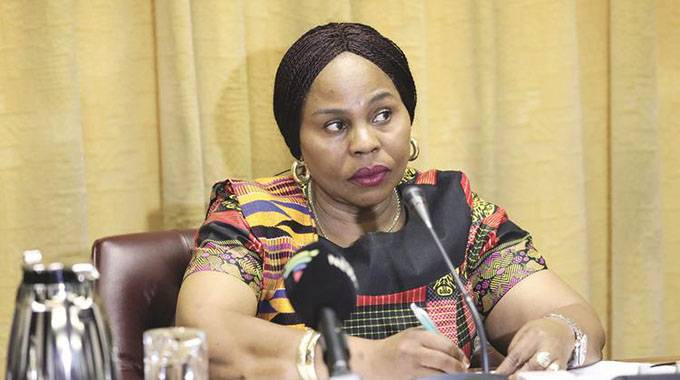Exchange rate fall plunges Zim into deeper debt distress
The domestic economy is expected to exceed the initial projected growth of 3,8 percent in 2023, to 5,3 percent, on account of better than anticipated agriculture season, following the normal to above normal rainfall, the muted risk of lower electricity supply due to the successful synchronisation of Hwange Power Station Units 7 & 8 and favourable mineral prices. This is according to the Ministry of Finance and Economic Development in its 2022 Annual Public Debt Bulletin.
Zimbabwe’s public debt could have surged seven-fold during the first half of the year due to the sharp depreciation of the domestic currency, an analysis by Business Weekly reveals.
The public debt, with 71 percent of it being foreign-denominated, surged to just above $12 trillion in 2022 after the local dollar lost 544 percent of its value against the US dollar.
Since December 2022, the domestic currency has depreciated to about $5 000 against the greenback.
According to the Zimbabwe Public Debt Management Office (ZPDMO), the debt, at $12,3 trillion as of December 2022 represents 99,6 percent of the Gross Domestic Product.
With the exchange rate around $5 000, the debt could have risen to over $84 trillion, barring payments the Government could have made over the past six months.
But even if the Government made some payments during the past six months, they won’t make any significant impact to dwarf the debt current estimates by this publication.
The 2022 debt is made up of $8,8 trillion of external debt and $3,56 trillion of domestic debt, representing 70,9 percent and 28,7 percent of GDP, respectively said the ZPDMO, a department under Finance and Economic Development Ministry said.
“The increase in total . . . debt was mainly due to the depreciation of the local currency, given that 71 percent of total debt is external debt, which is denominated in foreign currency,” said the debt office. In 2022, the local currency depreciated against the United States dollar by nearly 534 percent to $684,33.
“This reflects the high foreign currency exchange rate risk of the public debt portfolio.” Zimbabwe’s dollar, Ghana’s cedi, and Sierra Leone’s Leone were among Africa’s most devalued currencies against the United States dollar in 2022.
The domestic debt is made up of treasury bills or bonds of $129 billion, blocked funds of $1,03 trillion, arrears to service providers, $8 billion and compensation to former farm owners, $2,4 trillion. Blocked funds are now classified as domestic debt, following the assumption by the Treasury of these debts from the Reserve Bank of Zimbabwe (RBZ) and settlement is done by the local companies.
Compensation of white former commercial farmers, whose farms were acquired during the country’s land reform programme, is included in domestic debt, as these farmers were Zimbabwe residents at the time of acquisition of the farms, the debt office said.
Debt is classified by the residence of the holder where debt from a foreign resident is classified as external, while debt from a domestic resident is classified as local.
“If we just look at blocked funds and farm compensation, the debt is now around $25 trillion, double the total 2022 national debt seven months ago and this overhang will remain a challenge,” Carlos Tadya, a Harare-based economist said in an interview.
The outstanding total treasury bills and bonds, as of the end of December 2022, amounted to $129 billion, with a total interest of $52 billion. About $116 billion matures in less than two years, posing a high refinancing risk for the domestic debt portfolio.
“The medium-term debt management strategy is to lengthen these maturities, to ensure low refinancing risk and debt sustainability,” said the debt office.
The maturities of the blocked funds range from two to 20 years and the first batch amounting to US$412 million will mature in 2025. This requires the allocation of resources for debt servicing, and in this regard, a Debt Redemption Fund has been established to ensure timely debt servicing.
In 2022, the treasury paid all the maturing bills and bonds amounting to $36,47 billion, where principal debt service amounted to $31,34 billion and interest payments of $5,10 billion. Total TBs issued, for budget financing amounted to $83,36 billion, against a target of $97,8 billion.
“The shortfall of $14,44 billion, was as a result of Treasury’s deliberate policy, to limit the mobilisation of resources at high cost of borrowing, which was induced by inflationary pressures towards year-end,” said the debt office. The issuances were done through both the auction system and private placements, the office added.
Total external debt amounted to US$12,83 billion, comprising US$5,89 billion of bilateral, US$2,7 billion multilateral and US$4,24 debt contracted by the central bank.-ebusinessweekly









